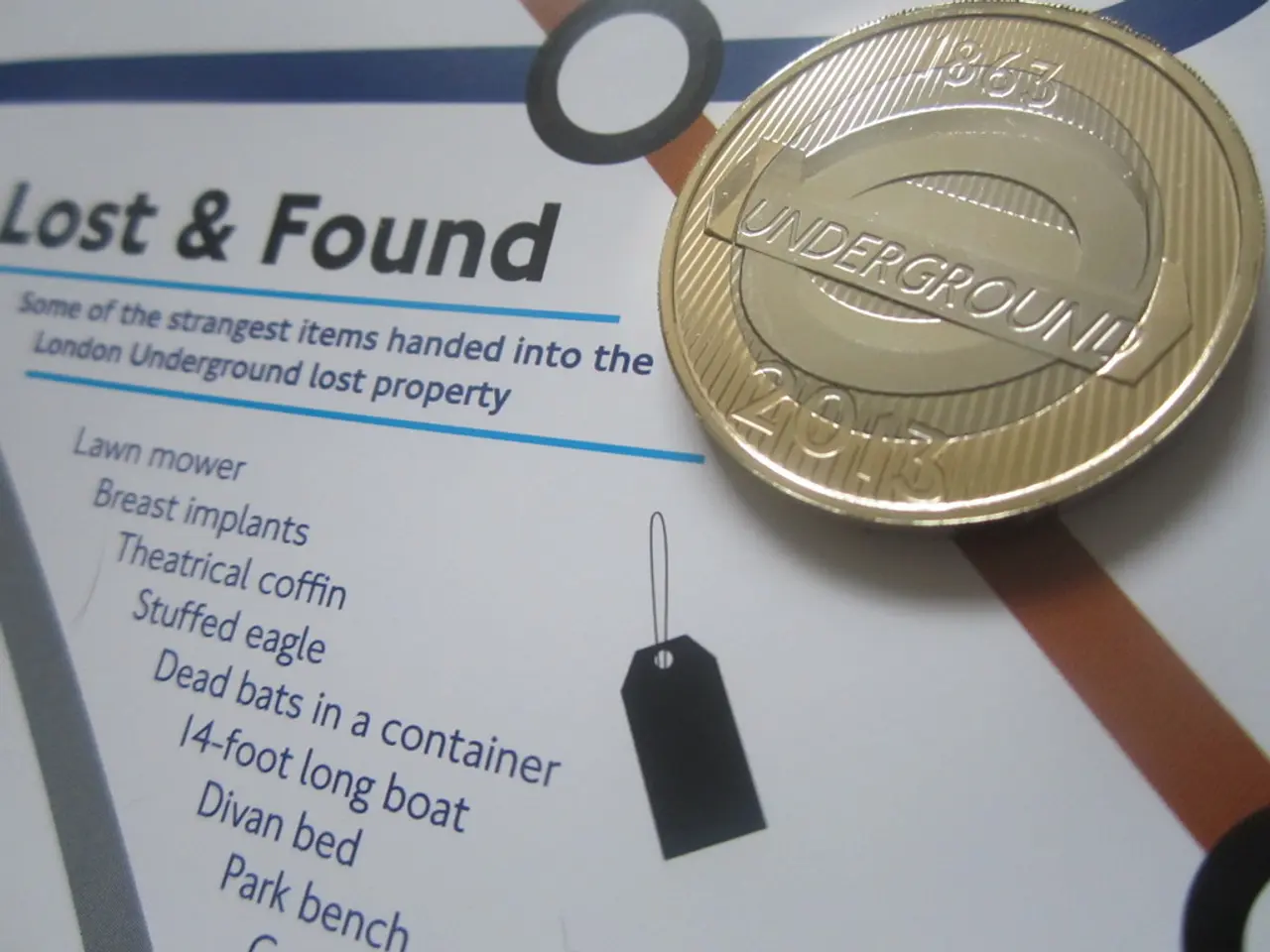Nigeria's Payment Landscape Shifts to E-commerce, Led by A2A Transfers
Nigeria's payment landscape is shifting rapidly, with electronic methods gaining dominance. Account-to-account (A2A) transfers via NIBSS Instant Payments (NIP) have emerged as the leading e-commerce payment method, while cash is losing its majority status.
The Central Bank of Nigeria's (CBN) introduction of QR code-based payment solutions, known as the 'NQR' system in 2020, has accelerated this shift. A2A payments through NQR are now the second most popular method at point-of-sale (PoS) terminals, following cash.
This growth is reflected in the numbers: the total volume of e-payments processed by NIBSS increased from 9.7 billion in 2023 to 11.2 billion in 2024. Electronic payment transactions in Nigeria reached N1.07 quadrillion in 2024, a staggering 79.6% increase from the previous year. Active bank accounts in Nigeria also rose to 311 million in 2024.
Cash usage, however, remains higher in Nigeria than in other Middle Eastern and African countries. In 2024, cash transactions accounted for 40% of PoS transactions in Nigeria, compared to 22% in Saudi Arabia, 30% in South Africa, and 17% in the UAE. Despite this, Nigeria is expected to see a significant decrease in cash transactions, with a projected 32% reduction by 2030.
The rise of electronic payment methods in Nigeria, driven by A2A transfers and QR code-based systems, signals a significant shift away from cash. As more Nigerians adopt digital payment methods, the country's financial landscape continues to evolve, with electronic transactions now accounting for a substantial portion of the economy.
Read also:
- Bishkek: A Time-Capsule City of Soviet Statues and Architecture
- Tata Electronics & Bosch Ink MoU to Boost India's Electronics Manufacturing
- GWM Unveils Tank 500 Hi4-T PHEV: Luxury Off-Road Flagship with Up to 120km EV Range
- Romania's EV Market Sees Mixed Developments: Dacia Retains Lead, Charging Infrastructure Grows








